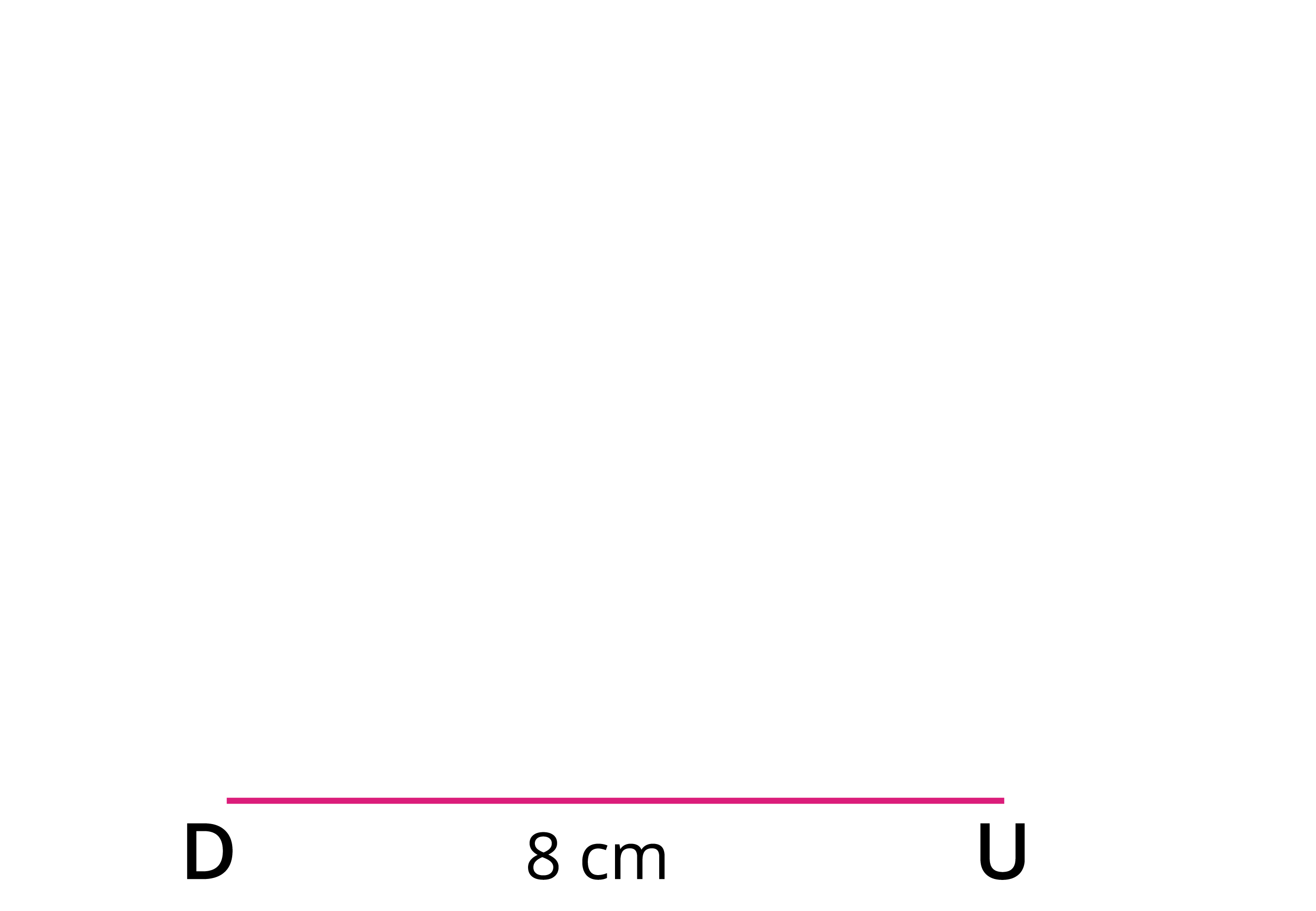PDF chapter test TRY NOW
Working rule to construct a parallelogram:
Let us discuss the working rule to construct a parallelogram when the measures of two adjacent sides and a diagonal of a parallelogram are given.
Example:
Construct a parallelogram DUCK with DU = 8 cm, UC = 6.5 cm and DC = 11 cm.
Construction:
Step 1: Draw a line segment DU = 8 cm.
Step 2: With D and U as centres, draw two arcs of radii 11 cm and 6.5 cm respectively such that they intersect each other at C.
Step 3: Join DC and UC.
Step 4: With C and D as centres, draw two arcs of radii 8 cm and 6.5 cm respectively such that they intersect each other at K.
Step 5: Join DK and CK.
Step 6: DUCK is the required parallelogram. The measure of KE gives the height of the parallelogram DUCK.

